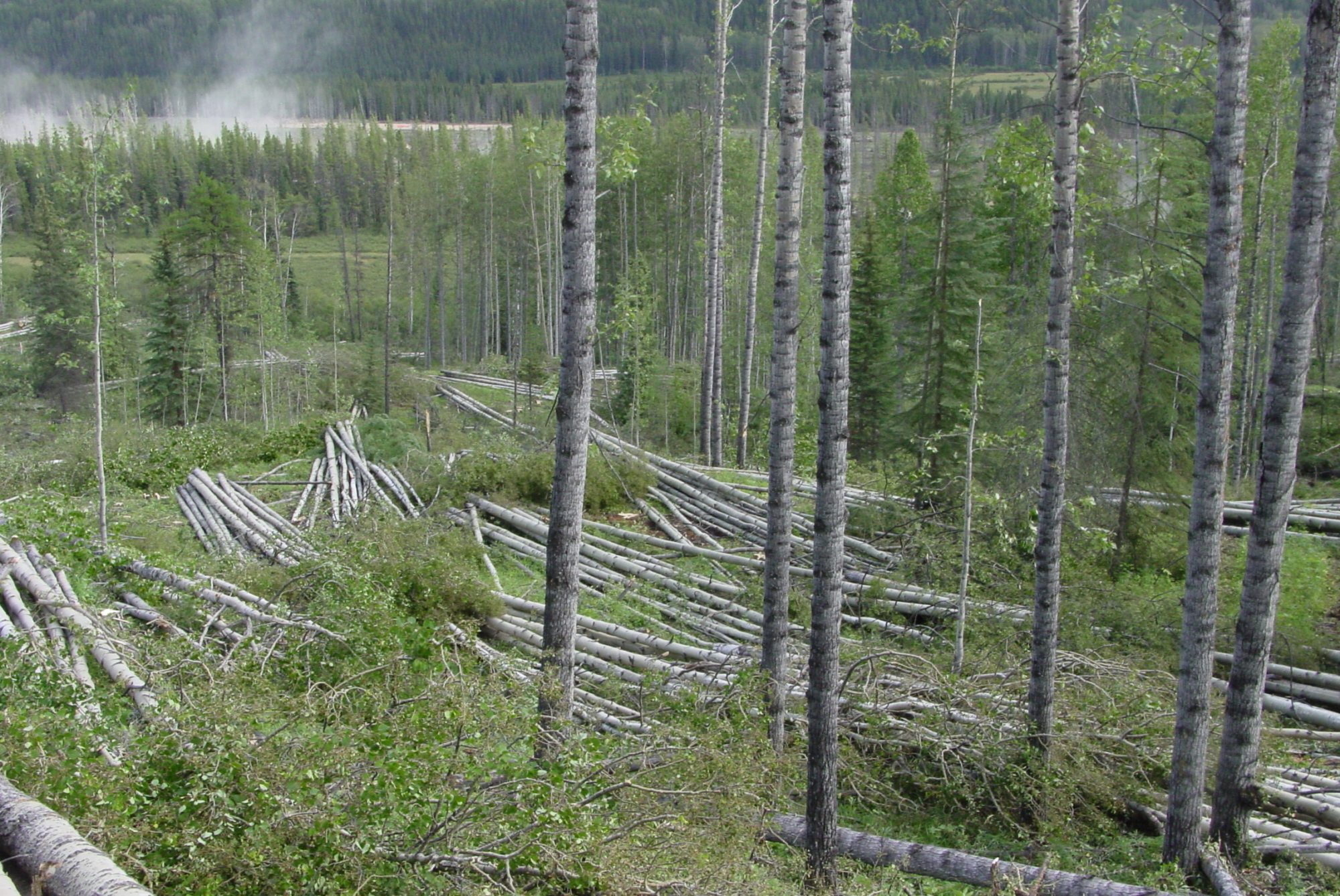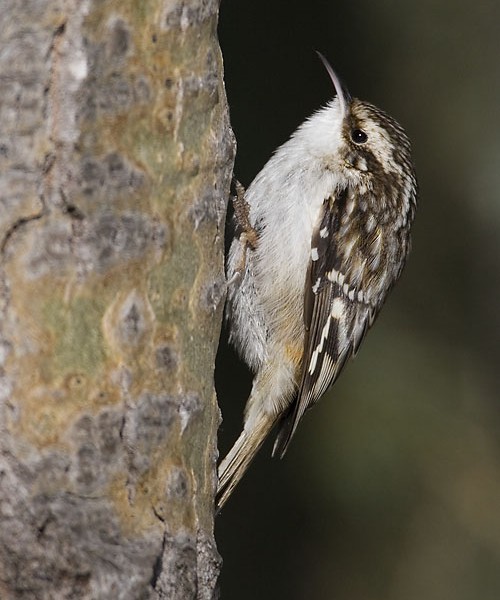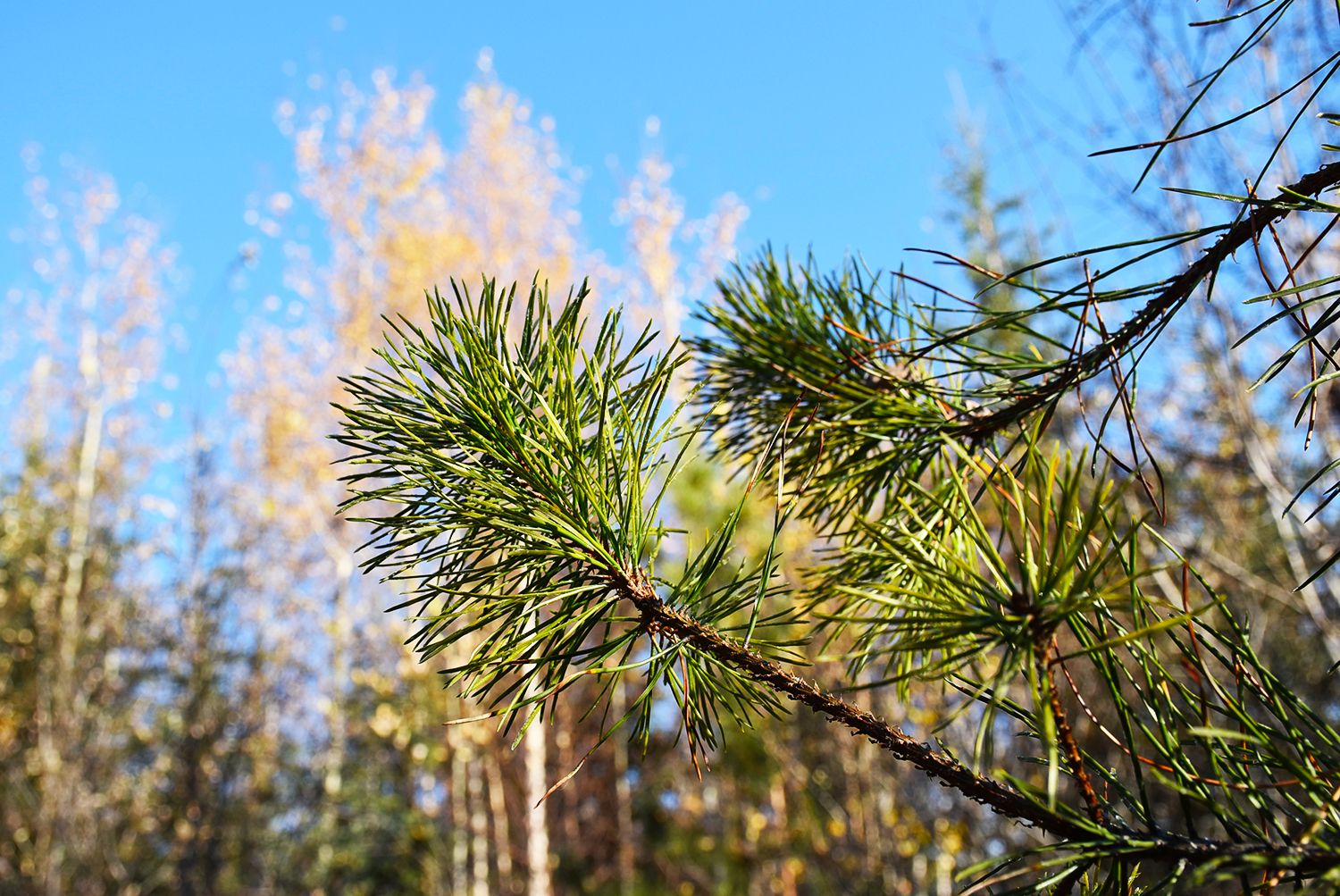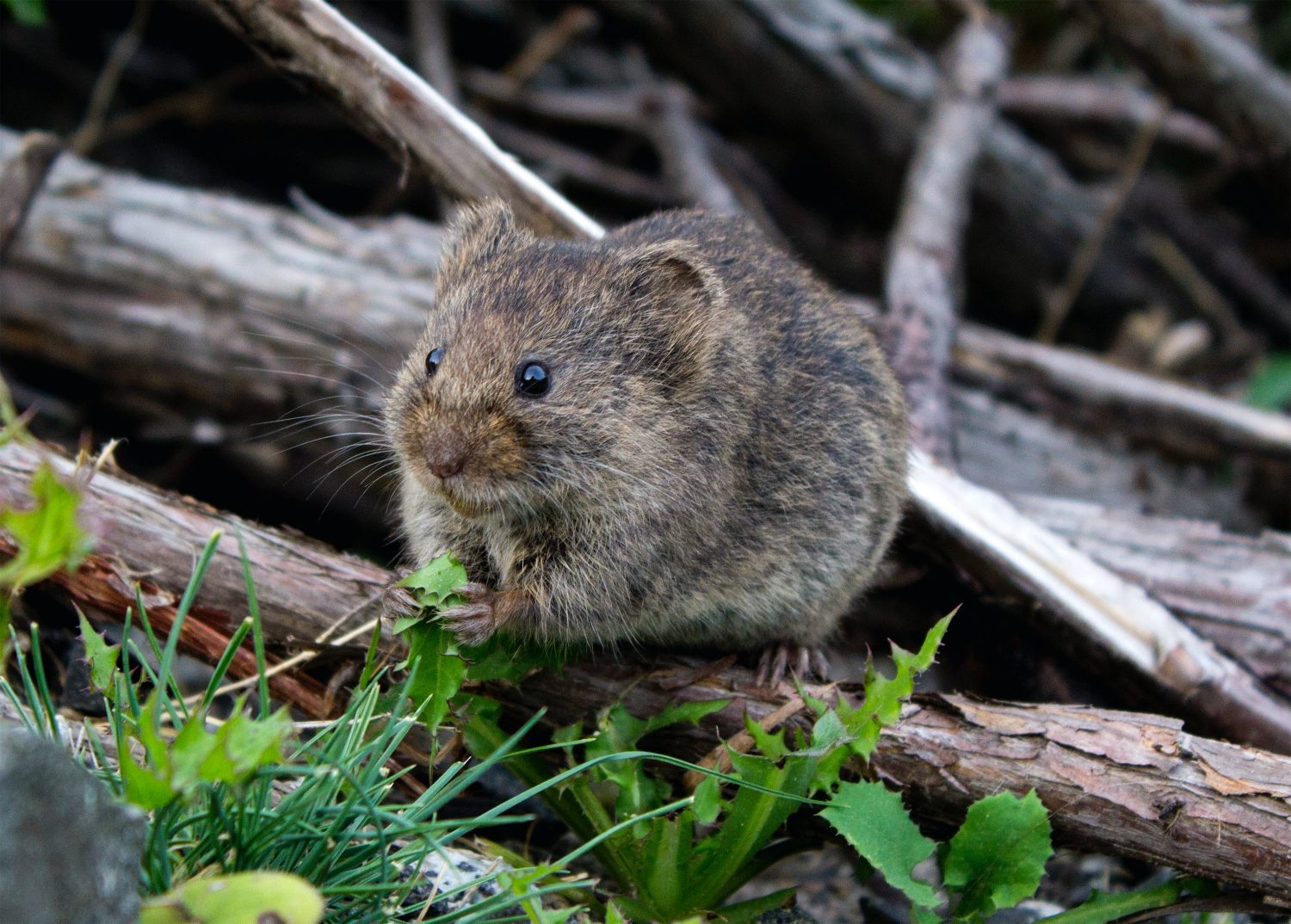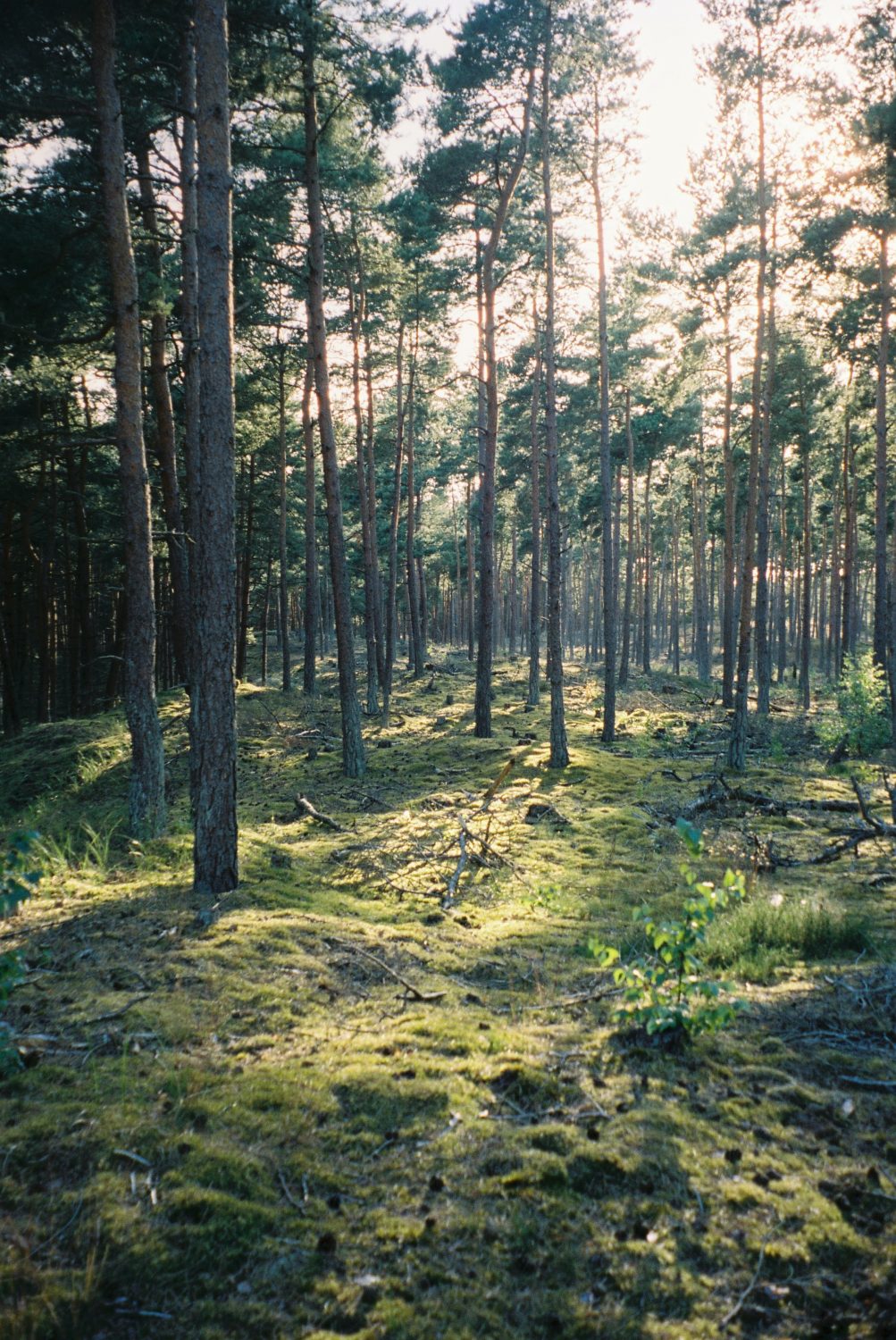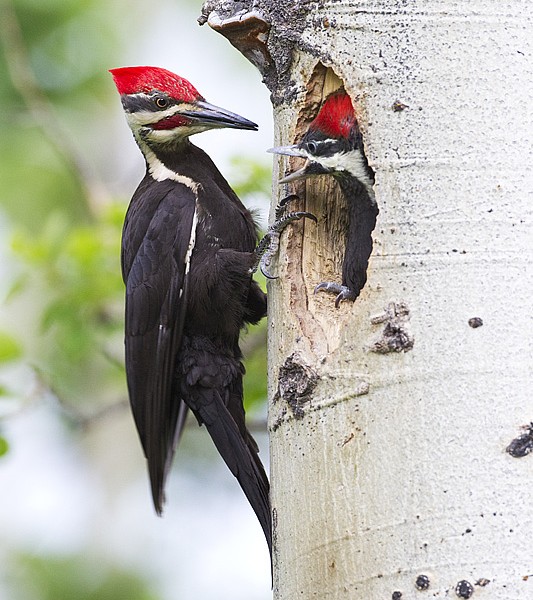Overview
Knowledge underpins EBM. Measuring interactions among many parts of the ecosystem is essential to figure out how species will respond to disturbances. This is essential for planning. In the early 1990’s, John Stelfox assembled a team of Alberta’s leading biologists and, for four years, sampled mixedwood forests with a history of harvest or fire. What they found was that disturbance type, stand age and stand diversity matters for forest biodiversity.

Photo credit: West Fraser
Background
In the 1980’s and 90’s, Alberta was moving away from conventional forestry practices that focussed on timber volumes as the primary value. Sustainable and ecosystem based management practices were emerging. However, foresters and biologists knew little about how forest ecosystems in Alberta responded to disturbances. Nor did they know how forest age affected stand structure and quality as habitat for forest plants and animals.
They went to school in Alberta’s mixedwood forests—stands with a mix of coniferous and deciduous trees. To understand how forest structure and age affected biodiversity, they measured birds, mammals, grasses, shrubs, mosses and, of course, trees in mixedwood forests in east-central Alberta. A team of foresters, biologists and soil ecologists spent four years working in stands with different disturbance histories; logged, burned and untouched.
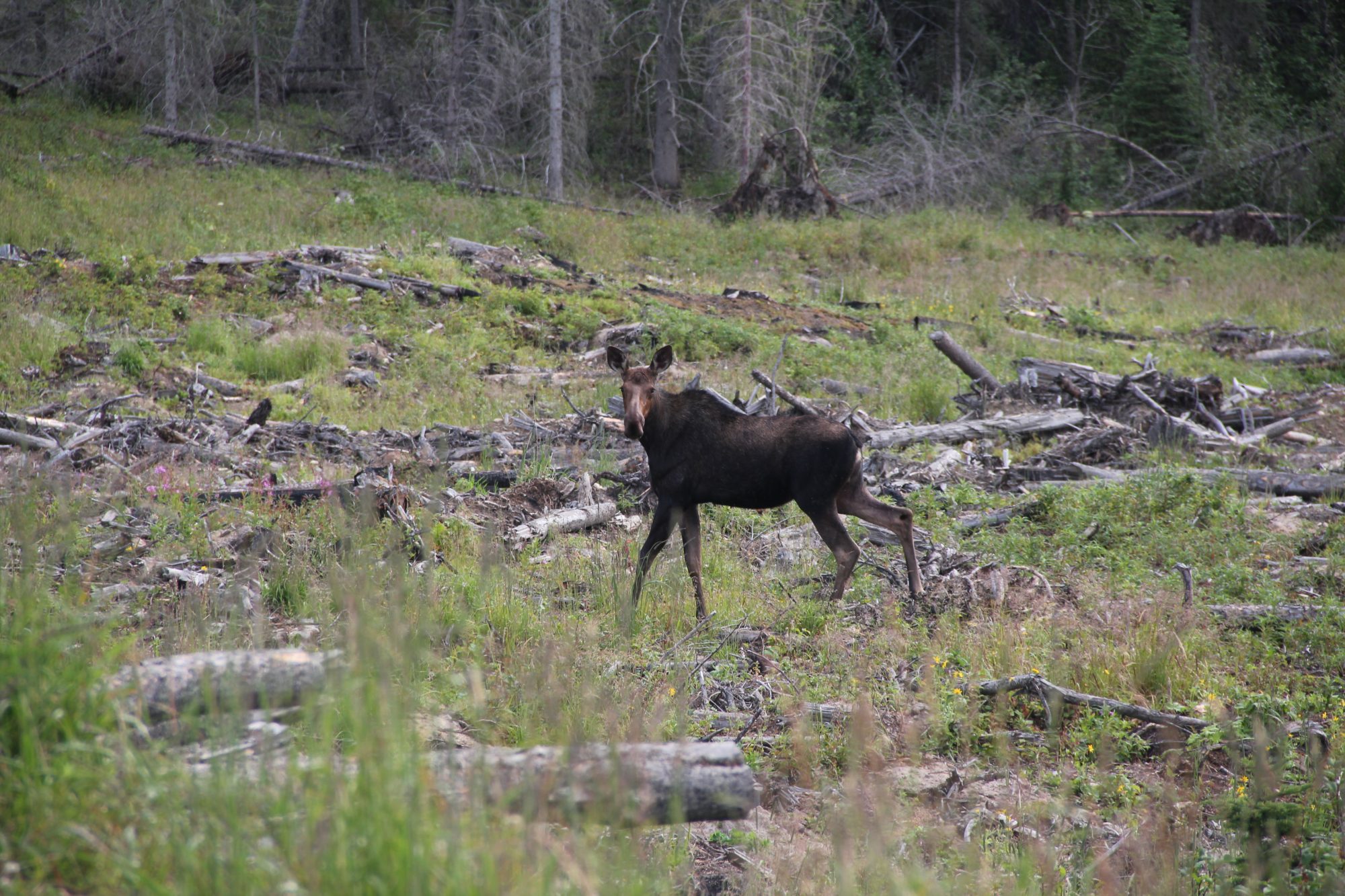
Photo credit: West Fraser
Innovation
This project was focused on passive-adaptive management. Adaptive management is where real-life land management is used as a scientific experiment; learning by doing. Passive-adaptive management is a version of this where they found management patterns that fit an scientific design but were created accidentally in a landscape; a natural experiment. When the forests measured in this project were disturbed, nobody thought that they would be part of this experiment.
Discovery
Young (20–30 yrs), mature (50–65 yrs) and old (< 120 yrs) mixedwood forests differ in very interesting ways. They found that old forests had more bird species than young stands, but mature forests had the fewest. This seems to be due to differences in plant types and the amount of downed woody debris. There were many more mammal species in old forests than in either young or mature forests. Differences between harvested and burned mixedwood forest gradually disappear after 28 years after the disturbance. At this point in forest recovery, all ecosystem components are found in both burned and harvested blocks, but their abundance differs. Harvest results in few snags and downed logs, as well as lower soil carbon. Ecosystems that were just burned were unique and difficult to mimic using harvest.
Where in the wheel?
EBM requires that coarse and fine filter management be carefully blended. Coarse filter management means looking after the big picture, and letting the little things take care of themselves. Large scale processes, like stand-replacing fires or harvest benefit coarse scale patterns; potentially creating habitat for many species. Fine filter management is the opposite— it focuses on protecting important or vulnerable species and assuming that the greater ecosystem will benefit. This is the umbrella species concept. In this ecosystem, it may take 30 years for a harvest to begin to function like a burn. This means for 30 years after the disturbance fine-filter management should be used, after which coarse-filter approaches should work. Leaving behind patches of old forest, woody debris and standing snags after harvesting may help speed up the process of harvested areas acting like burned forests.

